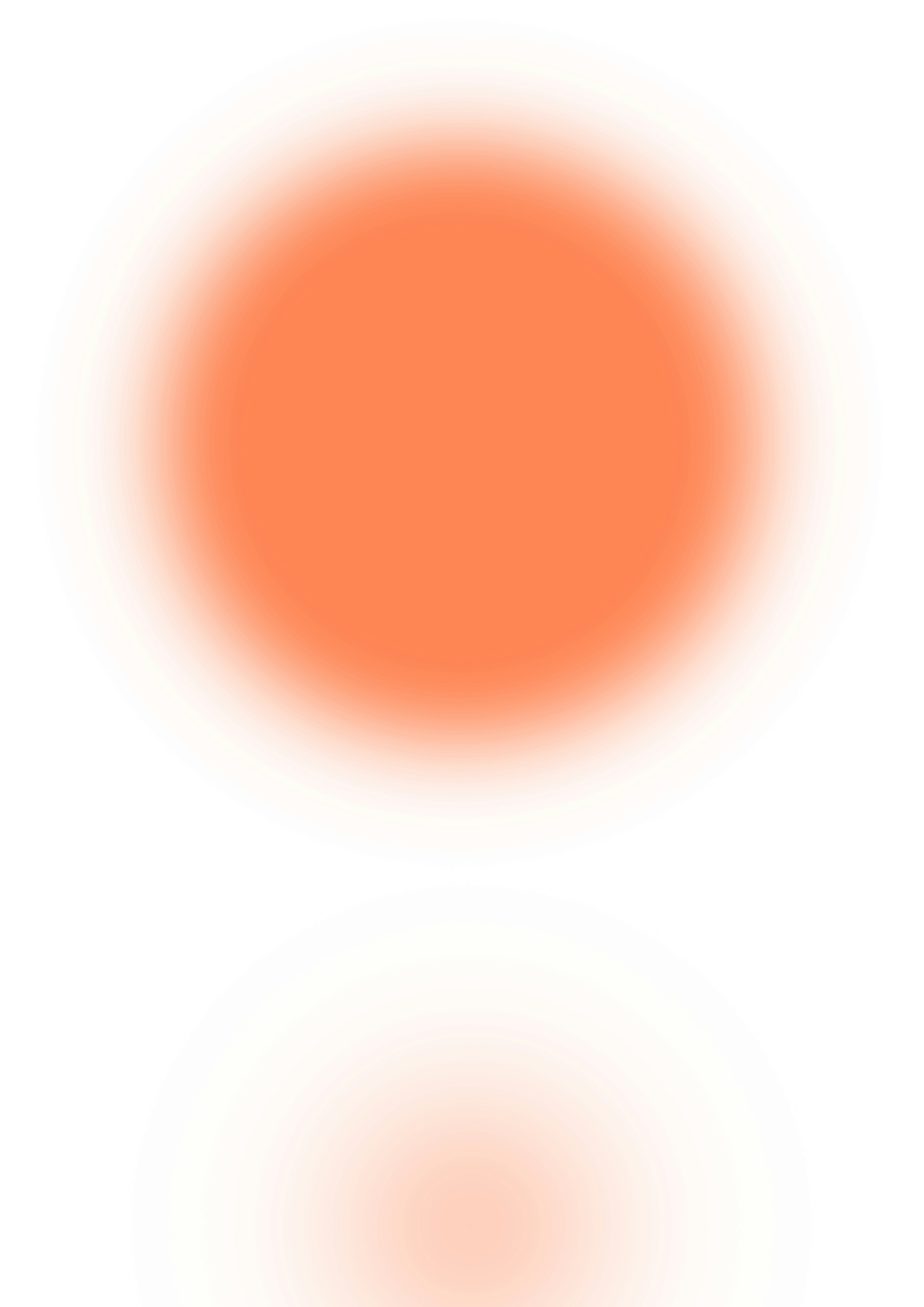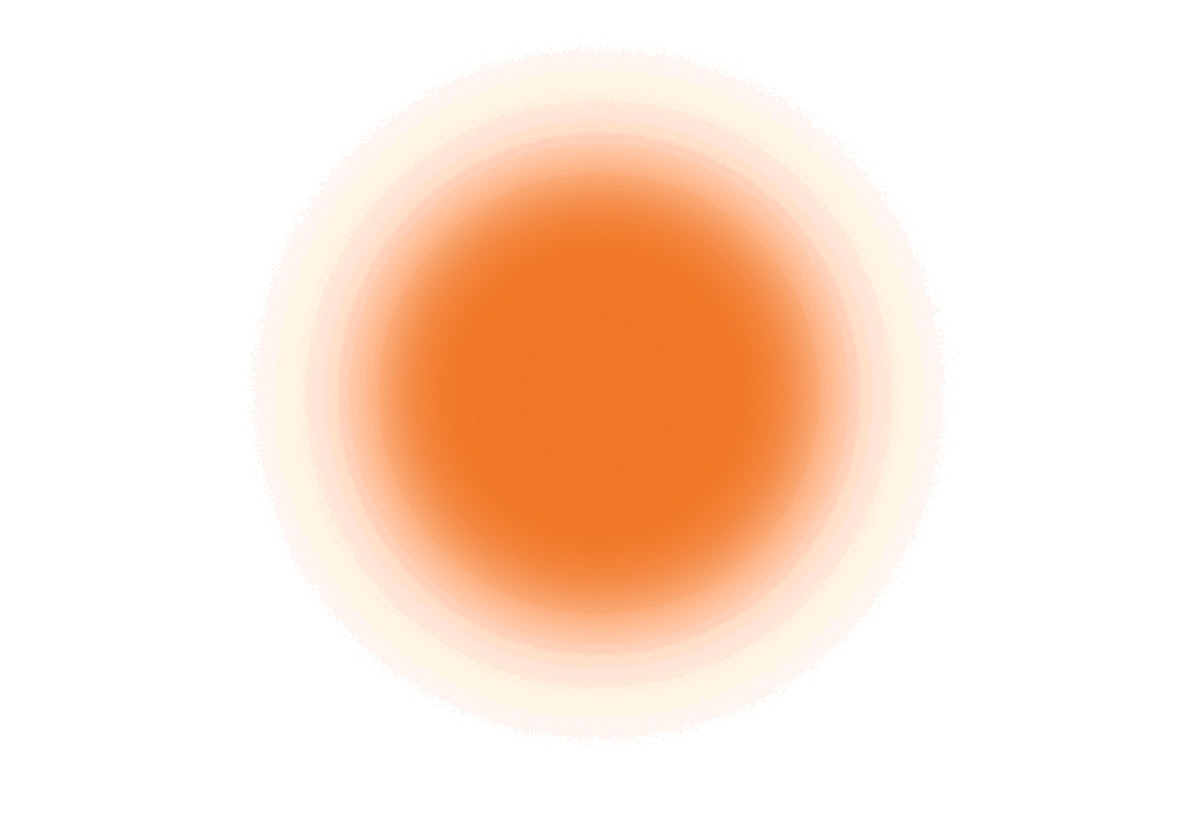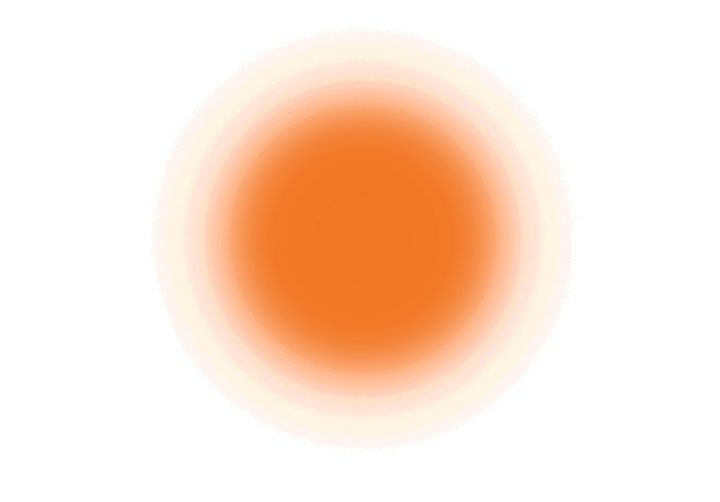Solastalgia (2024)
Projects
Original Text written to accompany Solastalgia, 2023:
These digital images show an experiment in visualising the concept of Solastalgia – a term I had come across in 2020 when researching civic engagement (or lack thereof) with climate change. At first glance, we recognise in this neologism the word ‘sol’ for sun and the known concept of ‘nostalgia’ referring to a melancholia or homesickness for a place of lost time. We know that gazing directly into the sun is harmful; we learn this from a very young age. As parental rules go, we all have gone against it and were immediately stung by the sun’s immense force on our fragile retinas. The consequence of our rule-breaking as curious children was a temporary form of blindness; blots of white light blocking our sight and causing us to feel disoriented.
We recognise that the sun is in equal parts a source of literal life and harm. In recent anthropogenic years, it has overwhelmingly become a source of fear, horror, and death. Its strength paired with our
inability to reduce our multiplicitous carbon footprints has real consequences on planet Earth. Droughts and wildfires are only some of those real consequences. Much like the concept of the butterfly effect, there is a direct link between ecosystems being in distress and significant, chronic distress arising in us as inherent parts of those ecosystems.

This dualism of beauty and harm is what is captured in the term of ‘the sublime’ from the philosophy of
aesthetics, causing in us “feelings of a pain-like shudder, of fear, triggered as a reaction to a huge, infinite, formless, powerful, rough or sinister object of a special nature” (Burke, 1757). Nature is vast
and we, being moved away from the Anthropocene into an unknown post-Anthropocene, are very small cogs in a machine that does not consider us.
The digital ‘nature’ of these visualisations of 'Solastalgia' links our engagement with climate change and how we encounter imagery of global heating to our engagement with ourselves and each other. In the 21st century, we engage with each other mostly online, that is via a screen that emits blue light onto our retinas. We know that it’s harmful for us to look at screens, but we continue to do so. The displays of Apple devices are called Retina displays, further cementing the double bind of knowingly partaking in our own destruction, of staring into a sun that never sets.
We are nostalgic for a time when the Earth was still unquestionably liveable. We are mourning our homes as we knew them whilst they are changing into something that is outside of our control – something unheimlich and unliveable. And yet, we continue to go against what is recommended for our health and the health of
our planet. We continue to stare at the Retina screens that, much like the sun, harm our eyes and cause those white blots in our vision. We are human animals who, like moths glued to the light, continue to get singed by the sublimity around us, in turn singing it back.

Published online by STILL POINT JOURNAL in 2024 with an edited version of this text.
